AO Edited
Iolaire Memorial
A memorial dedicated to a boating accident that was bringing troops back home from World War I.
November 1918 is widely considered the end of World War I. Memorials in the United Kingdom normally recognize this year in commemoration of the event, although this is not the case in the Outer Hebrides. Across the islands, 1919 is seen as the end of the war due to the sinking of the HMY Iolaire in January of that year. The Outer Hebrides were particularly affected by the global conflict, as no other area of the United Kingdom saw such a high percentage of its young, male, fight and die in the war.
After the particularly heavy loss of life, the sinking of the Iolaire only brought more tragedy. The former luxury yacht was repurposed during the war and was transporting surviving soldiers back to the islands’ capital of Stornoway when it struck rocks off Holm Point, within sight of Stornoway. Over 200 people died in the accident, with only 79 survivors actually making it to their island homes.
John Finlay Macleod’s actions were crucial in saving 40 lives. Macleod saw the crash from the shore, grabbed a rope, and jumped in the water to set up a rescue line. The other 39 survivors either swam to shore or were rescued from the wreck, meaning that the rescue line was responsible for more than half of the rescues that night.
The memorial incorporates elements relating to all these stories. The original obelisk dates to 1960 and is joined by a nearby cairn. For the centenary of the sinking, the Outer Hebridean arts institution An Lanntair commissioned a group of artists including Arthur Watson, Marian Levan, and Will Maclean to create an additional sculpture to be incorporated into the memorial. Recognizing John Finlay Macleod, the bronze showcases a coiled rope and was unveiled by Prince Charles in January 2019.



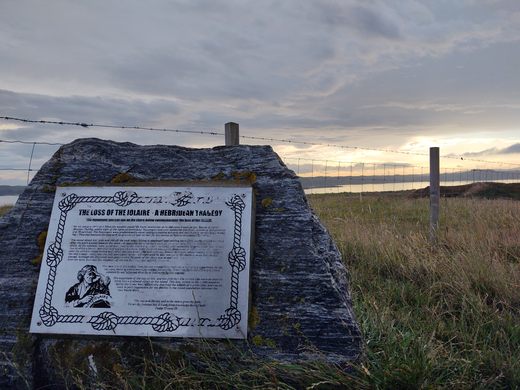
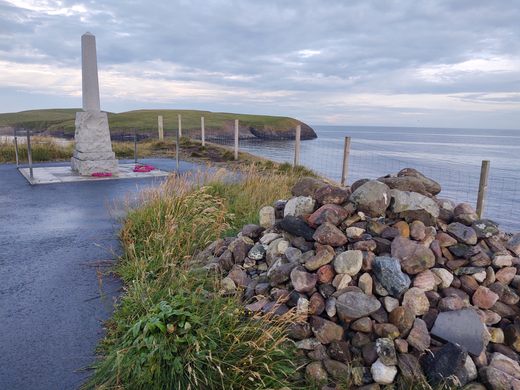
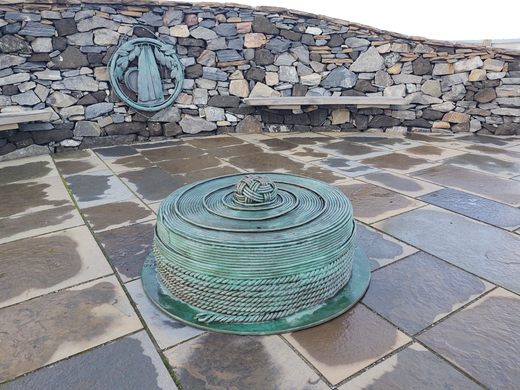




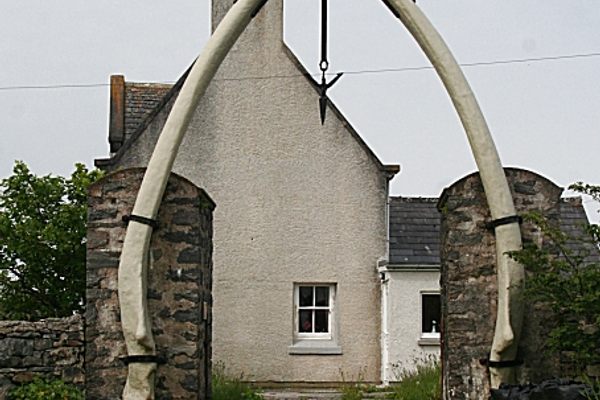

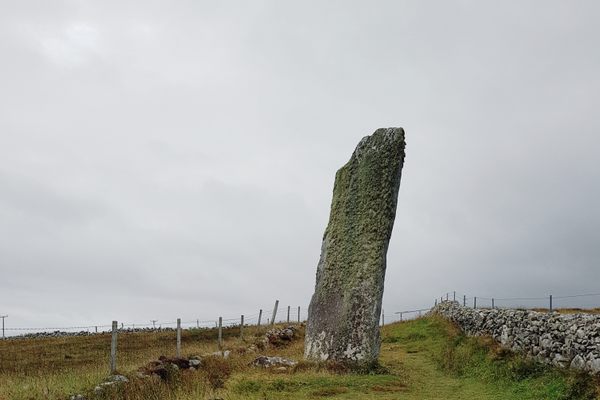





Follow us on Twitter to get the latest on the world's hidden wonders.
Like us on Facebook to get the latest on the world's hidden wonders.
Follow us on Twitter Like us on Facebook